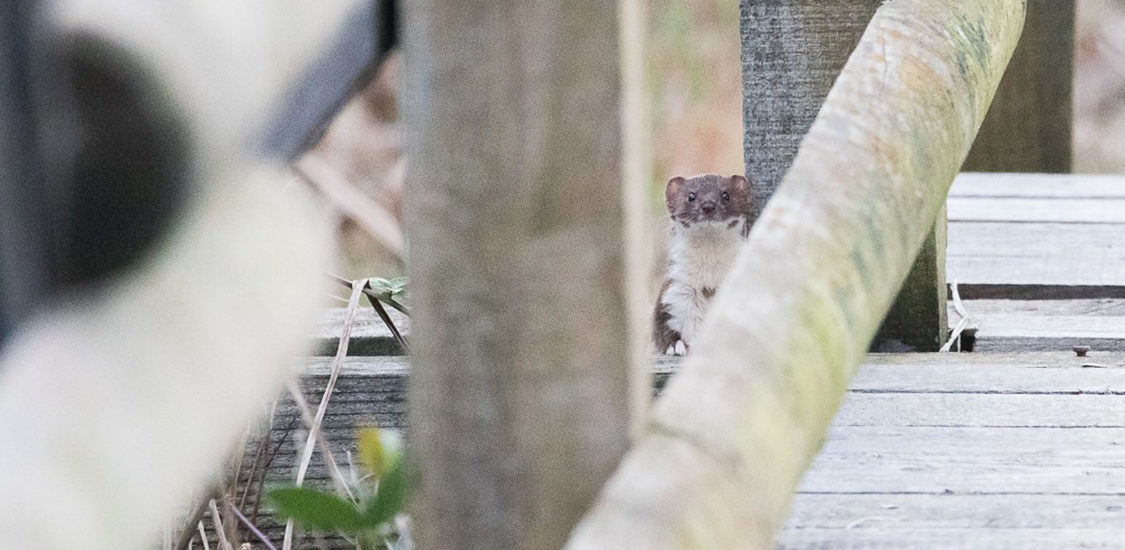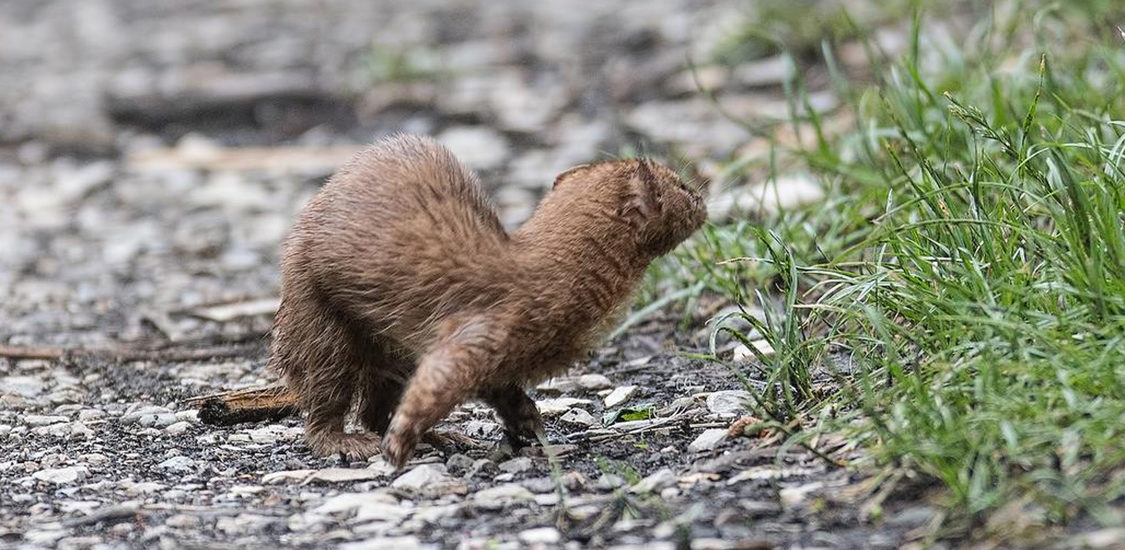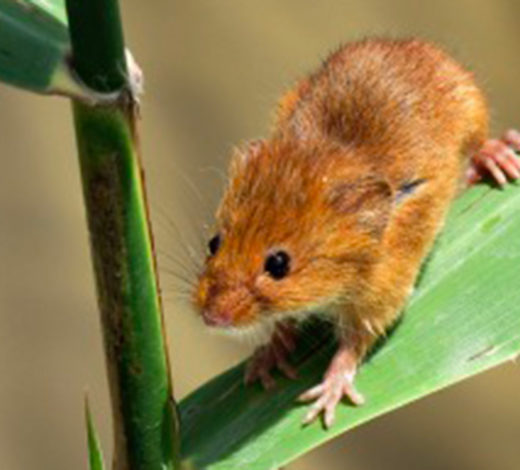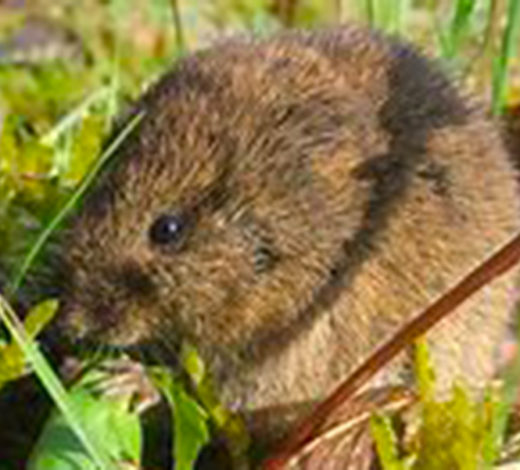Least weasel
(Mustela nivalis)
This species belongs to the Mustelidae family. It is small in size, with a long, slender body and short limbs, and a tail that is relatively short compared to its body
Distribution
The least weasel is present in all regions of Italy, in the plains, hills, and mountains — even above 2000 metres — in cultivated land, forests, bushy areas, stony areas, and near abandoned houses.
Description
This species belongs to the Mustelidae family. It is small in size, with a long, slender body and short limbs, and a tail that is relatively short compared to its body. The head is triangular, with short, round ears. Its thick fur is soft and cinnamon-coloured, with white on the belly, and it tends to be lighter in winter than in other seasons. Length 15–27 cm, in addition to 4–9 cm for the tail.
Habitat
It frequents various environments, from cultivated fields and suburban areas to forests. It shows a certain preference for areas near rivers (between the land and surface waterways), as well as near hedge rows, but it can also be found near abandoned houses.
BEHAVIOUR
It is especially active at night, but also during the day. A very lively species, it can climb, dig, enter into any hole in the ground, run fast, and swim. It is a solitary animal, taking refuge in burrows dug into the ground by other animals. It builds nests with hay, amid piles of stones, wood, and straw, or among tree roots and their cavities.
Diet
It mainly feeds on rodents, but also on hares, rabbits, birds and their eggs, amphibians, and reptiles. In the Reserve, it probably breeds in the surrounding agricultural areas, but has been seen and photographed on internal footpaths, such as the bridges along the Central Route.



